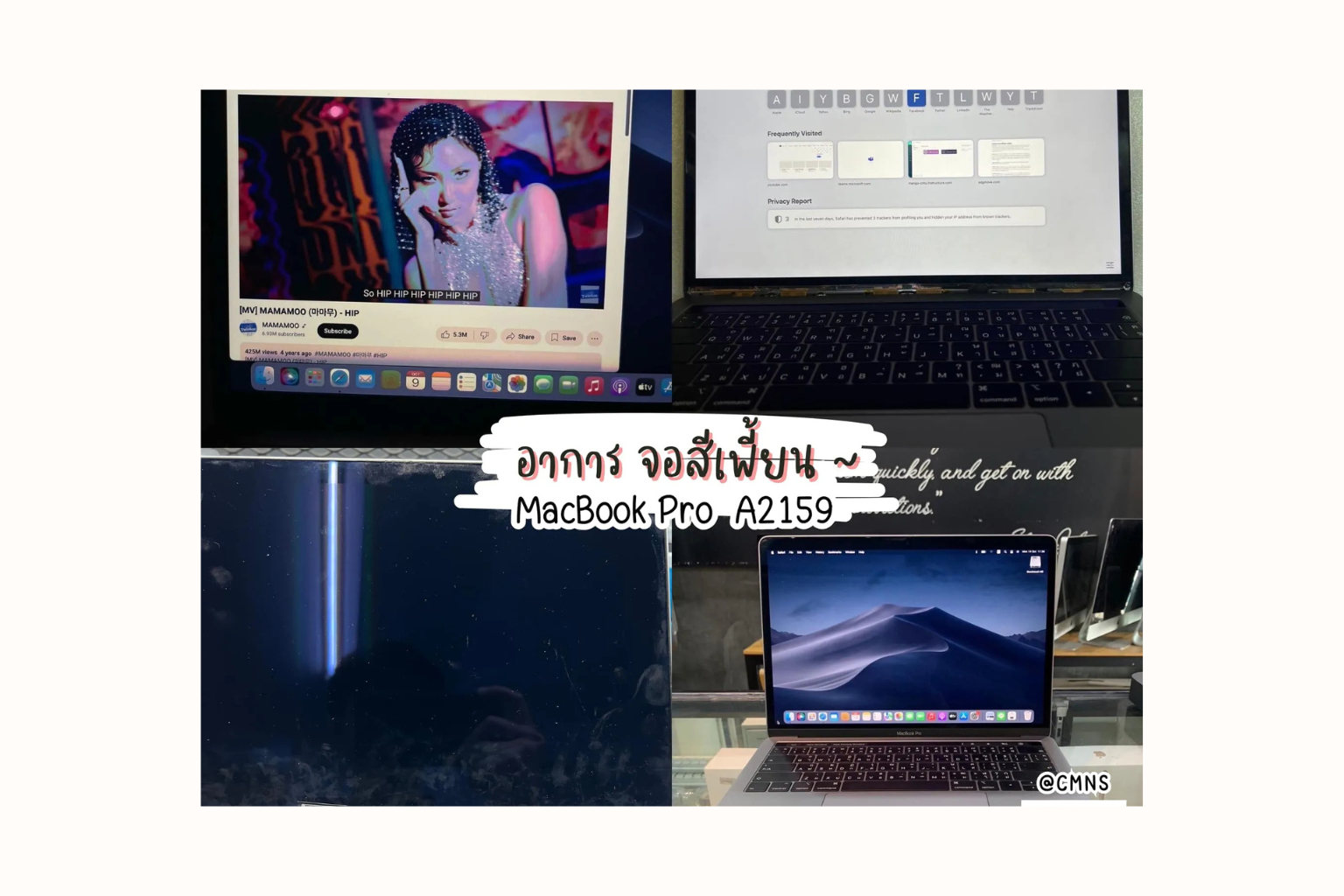Are you noticing that the colors on your MacBook screen look distorted, whether it's faded, dull, or displaying incorrect hues? This issue can not only disrupt your work but also affect the accuracy of tasks involving color. This article will help you understand the possible causes of MacBook screen color distortion, basic troubleshooting steps you can try yourself, and when you should consider consulting a specialist.
Symptoms Indicating Your MacBook Might Have a Screen Color Issue
Symptoms Indicating Your MacBook Might Have a Screen Color Issue
- Incorrect Colors: The colors displayed on the screen don't match reality, such as red appearing orange or blue appearing purple.
- Faded or Dull Colors: The colors on the screen look washed out and lack vibrancy.
- Strange Color Cast: An unwanted color tint might appear across the screen, like pink, green, or pale yellow.
- Negative Image: The colors on the screen are inverted, similar to a film negative.
- Color Distortion in Specific Areas: The issue might not affect the entire screen but only certain parts.
- Intermittent Symptoms: The colors might sometimes return to normal and then become distorted again.
Main Causes of MacBook Screen Color Distortion
- Incorrect Color Settings: The selected color profile in the operating system might be inappropriate or have an error.
- Loose or Damaged Connection Cables (for External Displays): If you're using your MacBook with an external monitor, faulty or poorly connected cables could be the cause.
- Software or Driver Issues: An outdated operating system or graphics drivers with errors can affect color display.
- Hardware Damage: The graphics chip (GPU) or the display panel itself might be damaged.
- Excessive Heat: Using your MacBook intensively for extended periods in a hot environment can impact color display.
- Impact or Moisture Damage: Accidents like drops or liquid spills can damage internal components related to display.
Basic Troubleshooting Steps to Fix MacBook Screen Color Distortion Yourself
- Restart Your MacBook: A simple reboot can often resolve temporary software glitches.
- Check Display Settings:
- Go to System Settings > Displays.
- Check the brightness and color calibration. If there are unusual adjustments, try restoring the defaults.
- Try selecting a different color profile in the Color Profile section.
- Inspect Connection Cables (for External Displays): If you have an external monitor connected, check the cable connections and try a new cable if you suspect the original one is faulty.
- Update macOS: Updating your operating system to the latest version often includes performance improvements and bug fixes, including those related to display.
- Go to System Settings > General > Software Update.
- Reset NVRAM/PRAM: Resetting NVRAM (Non-Volatile Random-Access Memory) or PRAM (Parameter RAM) can help resolve issues related to certain hardware settings. (The reset method varies depending on your MacBook model.)
- Boot in Safe Mode: Booting your MacBook in Safe Mode loads only essential system components. If the problem doesn't occur in Safe Mode, it indicates that third-party software might be the culprit.
- Shut down your MacBook.
- Press the power button, then immediately press and hold the Shift key.
- Release the Shift key when you see the login window.
- Use Display Calibration Assistant: macOS has a built-in display calibration tool you can try.
- Go to System Settings > Displays.
- Click on Display Settings....
- Look for options related to color calibration or press and hold the Option key while clicking on Color Profile; additional options might appear.
Conclusion
MacBook screen color distortion can have various causes, ranging from incorrect settings to hardware damage. Trying basic troubleshooting steps might help in some cases, but if the problem persists, you should consult a qualified technician in Chiang Mai for accurate diagnosis and repair. This will ensure your MacBook screen displays accurate and vibrant colors once again.

